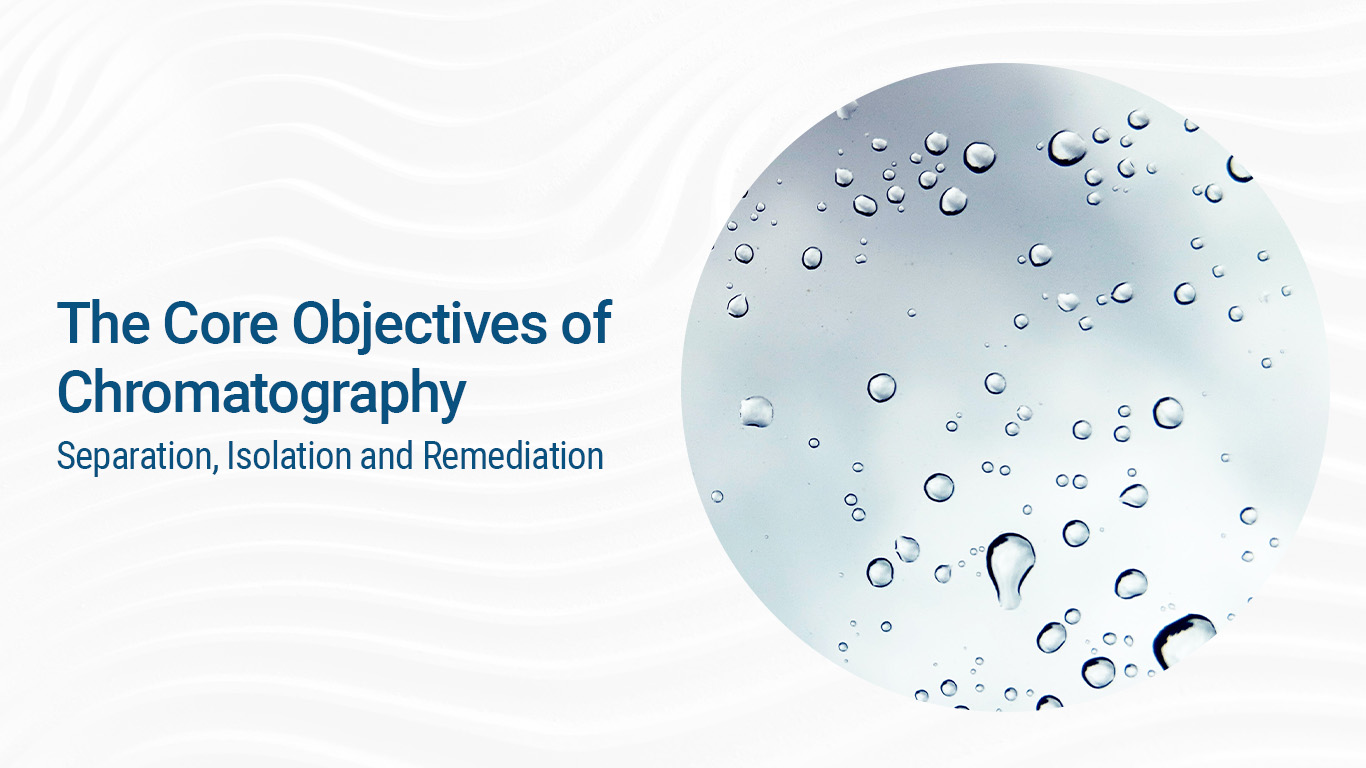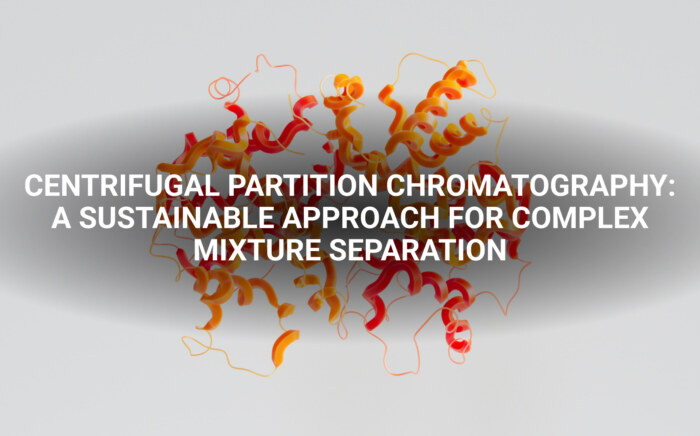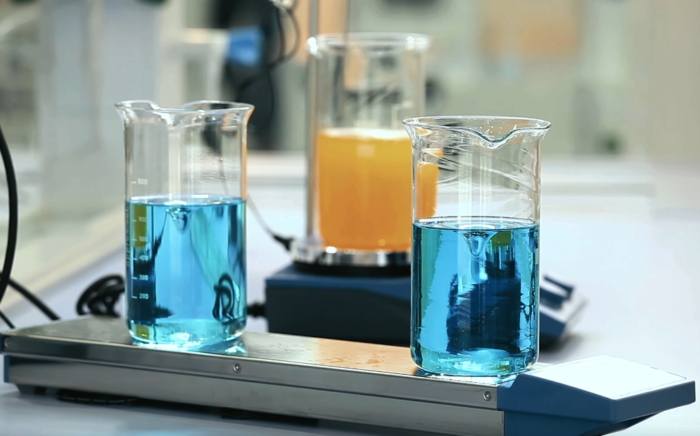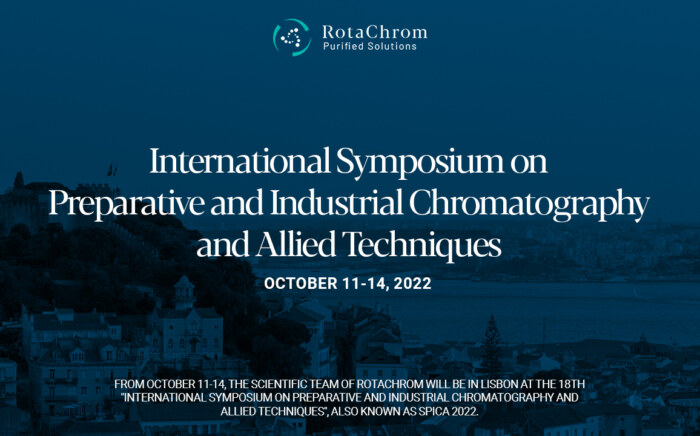Increasing separation efficiency by pH adjustment in Centrifugal Partition Chromatography
NewsBasics of Centrifugal Partition Chromatography
Centrifugal Partition Chromatography (CPC) stands as a groundbreaking chromatographic technique, marrying the principles of traditional liquid-liquid chromatography (LLC) with the formidable force of centrifugation. While grounded in the fundamental tenets of conventional chromatography, CPC’s distinguishing factor lies in its adept use of LLC.
In LLC, the crux of separation hinges on two immiscible liquid solvents, serving as the stationary and mobile phases. These solvents, empowered by a potent centrifugal force, orchestrate an efficient separation.
CPC engineers a paradigm shift in chromatography by discarding the traditional columns and embracing interconnected cells. These CPC cells, meticulously linked in a series and interconnected through ducts, construct a robust system. Linked to a substantial rotor, which effectively substitutes the conventional column, these cells are imbued with the liquid stationary phase. Upon the application of centrifugal force, the liquid within these cells is immobilized.
The alternate phase of the two-phase CPC system manifests as the mobile phase, housing the sample earmarked for purification. Exerting pressure, the mobile phase infiltrates the rotor and courses through the stationary phase in diminutive droplets. This controlled interplay and engagement between the mobile and stationary phases facilitate the separation of the sought-after components.
Employing CPC unfurls a tapestry of benefits over traditional chromatography methodologies. The liquid-liquid system engenders heightened selectivity and efficiency when untangling intricate mixtures. Notably, the absence of solid stationary phases, such as silica, eradicates the peril of irreversible absorption, paving the way for meticulous molecular separation.
CPC’s distinctive blueprint and modus operandi illuminate a vista of applications across diverse industries. Its prowess extends to purification, isolation, and remediation processes, embodying a potent tool cherished by both researchers and professionals within various domains.
Isolation, Separation and Remediation
In the realm of chromatography, the core objectives of isolation, separation, and remediation serve as vital pillars in the pursuit of purification. Let’s delve into each objective to unravel its distinct purpose within this purifying process:
- Isolation: Isolation entails the precise extraction of a specific Compound of Interest (CoI) from a complex matrix. This endeavor is a highly intricate task, demanding a blend of resolution power and the capacity to selectively fractionate the CoI. The primary goal is to separate a particular CoI from a complex matrix that houses compounds with diverse physicochemical properties. Successful isolation necessitates thorough research and the fine-tuning of methods to achieve optimal outcomes.
- Separation: In the realm of separation, the objective is to simplify the input matrix to a certain extent while simultaneously focusing on at least two CoIs. However, this task presents challenges when CoIs share similar chromatographic characteristics. Notably, isomers pose significant hurdles due to their minute differences, heightening the complexity of the separation process. Chromatographic separation involves overcoming these challenges to attain the desired resolution between CoIs.
- Remediation: Remediation steps in to rid the sample or matrix of unwanted or unnecessary components. The primary purpose is to eliminate substances that could hinder the efficiency of the CoI or pose risks to the environment or human health. This process encompasses the removal of undesirable compounds, targeting impurities that may be hazardous, carcinogenic, environmentally polluting, or legally restricted. Remediation thus allows for the purification of the sample by eradicating detrimental components, ensuring a refined and safe end product.
In essence, isolation, separation, and remediation are three interlinked yet distinct endeavors within chromatography, collectively steering the course toward a purified and refined outcome.



